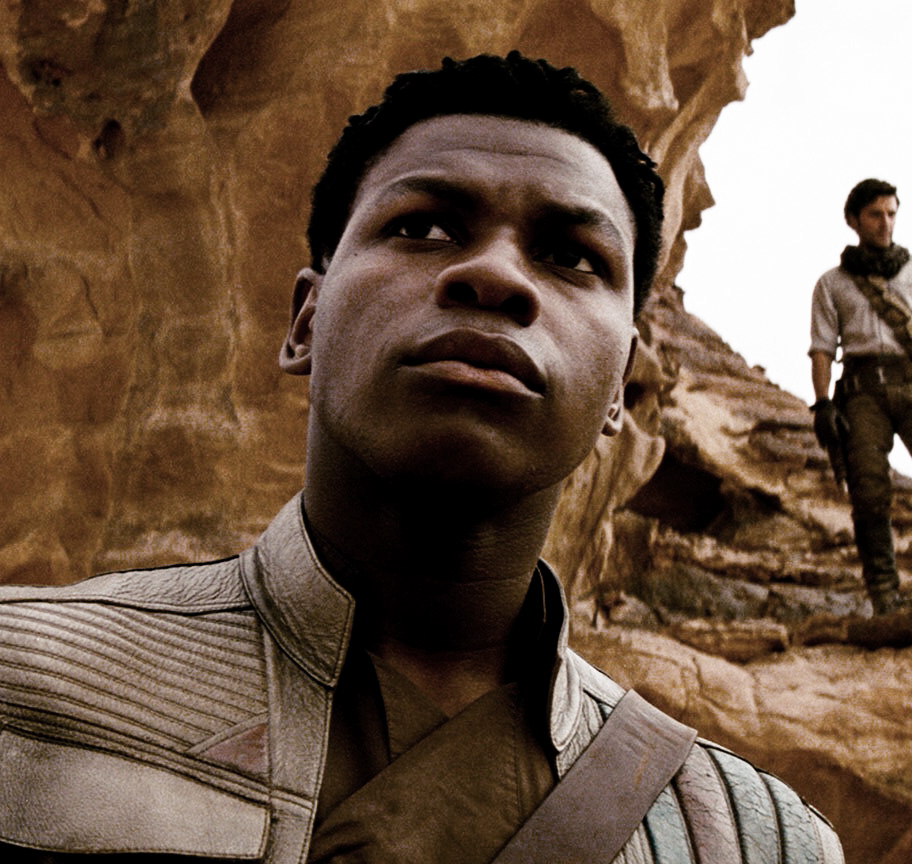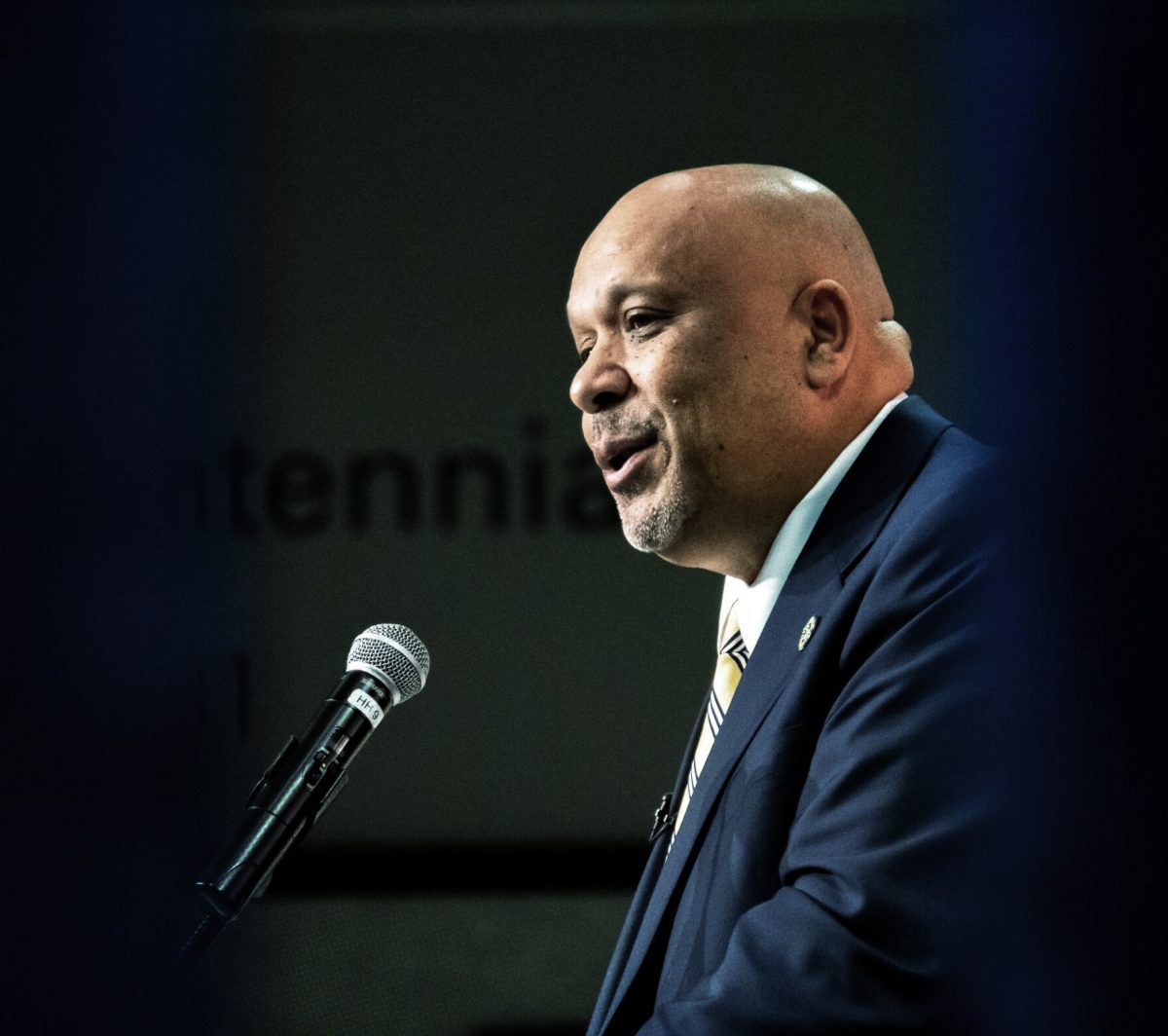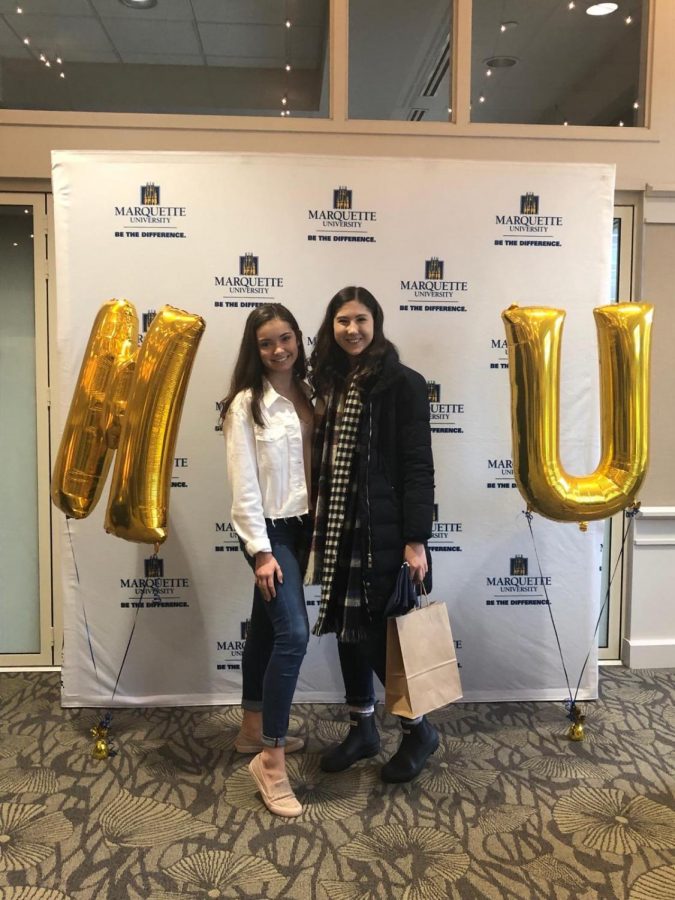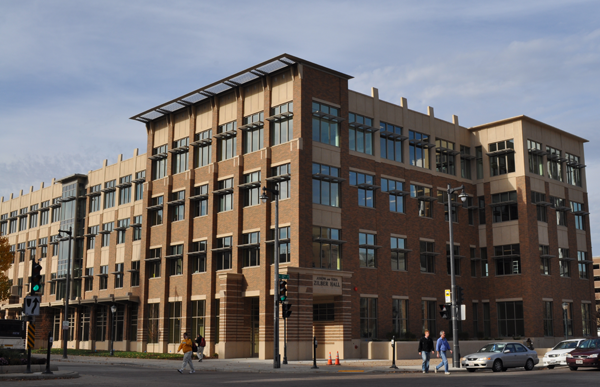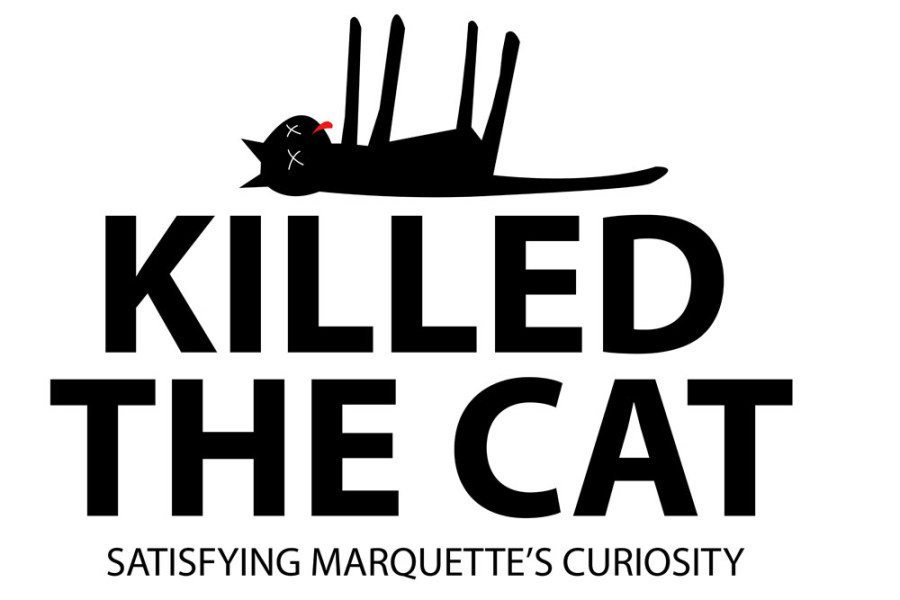
In 1957, a group of nine African-American teenagers risked their lives in Little Rock, Ark. to attend Little Rock Central High School. Today, the university is presenting the Little Rock Nine with the prestigious Père Marquette Discovery Award.
The award is given to people who accomplish an “extraordinary breakthrough that adds to human knowledge or the advancement of humanity.”
But how far has Marquette come in terms of creating an advanced, diverse and enriching atmosphere? Nearly 97 percent of undergraduate students were white, non-Hispanic in 1970, the first year Marquette has precise racial and ethnic data available. At the beginning of the fall 2009 semester, nearly 85 percent of Marquette undergraduate students identified themselves as white, non-Hispanic, according to the Office of Institutional Research and Assessment.
The university is constantly making efforts to create a more open and diverse atmosphere on campus, but ethnic minorities are still outnumbered on campus.
Reaching out to ethnic youth
Diversifying the university is an ongoing process. Thomas Jablonksy, a Marquette history professor and author of the book “Milwaukee’s Jesuit University: Marquette, 1881-1981,” said if Marquette has a goal of diversity, it needs to be an effort made by all facets of the university – from the administration to the students themselves.
Marquette is making an effort to increase its diversity, however it is not simply a “black and white” issue, said Latrice Harris-Collins, admissions counselor for multicultural and community outreach.
Milwaukee area outreach is a huge part of the effort by the Admissions Office to include more multicultural students in the application pool and ultimately at Marquette. Harris-Collins works closely with the Boys & Girls Clubs of Greater Milwaukee and Milwaukee Public Schools to encourage local students to consider Marquette after high school.
Harris-Collins said many students see the price tag of a college education and automatically assume it is an unattainable goal. With Marquette tuition and fees surpassing the $40,000 mark next school year, this is a concern for many prospective students.
The best way to approach students who may not even begin to think about Marquette otherwise is to reach out to them when they are young. Students have the ability to keep pace with the academic standards of Marquette if they realize early in their high school career how to become a strong applicant, Harris-Collins said.
William Welburn, senior adviser to the provost for diversity initiatives, said Marquette’s focus on diversity is about justice and inclusivity, not just about sheer numbers. Welburn said access to education for all people who seek it, at Marquette or other places, is the first step to advancing as a society and as a university.
“I don’t see us as in some kind of race with other institutions,” he said.
Harris-Collins said educating younger students about the amount of effort and the types of grades necessary to be considered a strong applicant for Marquette helps them prepare to apply, not just to Marquette but to other higher education institutions as well.
In order to encourage the development of a more diverse university, Harris-Collins said Admissions does not lower its standards for multicultural applicants.
“I don’t think the answer, particularly when evaluating multicultural students, is to lower the bar,” Harris-Collins said.
Diversity starts with faculty
More resources specific to multicultural students, including a more diverse faculty, is something that both Harris-Collins and Jablonsky feel are crucial to add to Marquette.
“I wish we had stronger resources specifically for multicultural students,” Harris-Collins said. “Where they … have a department that they could go to for not just academic support, but social support, professional support, getting mentoring from professionals that look like them, that have gone through what they’ve gone through.”
The entire campus has to be open to dialogue and honest discussion about what some find uncomfortable subjects, Harris-Collins added.
Jablonsky said a more diverse faculty can have a strong influence on whether multicultural students are drawn to the university.
There are 129 minority and 34 international faculty members at Marquette, according to the Office of Institutional Research and Assessment.
“If you feel like you’re the oddest person on campus, will you stay?” Jablonsky said. “Diversity has got to work its way across all the components of the university.”
Reena Patel, a freshman in the College of Arts & Sciences, an Indian-American and a practicing Hindu, said she was nervous about the level of diversity at Marquette before she came.
“I was afraid it would be all about Catholicism, but it was actually very welcoming, and I felt like I didn’t have to feel like a misfit,” Patel said. “People accepted me and didn’t care that I was a different religion or a different race.”
But Patel added that she sees room for improvement when it comes to diversity at Marquette. Patel is a member of the Indian Student Association, which she learned about at Organization Fest in the fall. She said she wishes she had better access to a place to worship close to campus. She goes to a temple when she is at home, but is unable to go while she is at school.
Patel said she can see that Marquette is trying to improve the level of diversity on campus.
“I know I’ve taught people about my culture, and I’ve learned about others’,” Patel said. “I think it’s good to know more about that.”
Jablonsky said if the most influential people on campus understand the importance of diversity, it will be reflected throughout the school.
Speaking a multicultural language
It is necessary to constantly engage in a dialogue about diversity for improvements to be made.
“We need to create a common language about diversity,” said Stacie Dooley, co-chair of the diversity committee through the Division of Student Affairs. “A lot of times, people are scared to talk about diversity because people are afraid to say the wrong things.”
The Diversity Advocates program is a network of faculty and staff who have signed a commitment to treat everyone with “the dignity and respect they are entitled to as human beings.” There are 148 advocates at Marquette, Dooley said.
“We really wanted to create an environment where it’s the norm for people to be accepted for who they are,” Dooley said.
Thomas LeNoir, a freshman in the College of Business Administration, said he wishes all of Marquette could be like his wing in O’Donnell Hall. By chance, it is comprised of a very diverse group of young men, LeNoir said.
“I feel like my wing should be a mirror for the entire university,” he said. “We are able to talk freely about different racial stereotypes, and we’re able to have a more beneficial dialogue with each other because we feel free enough to ask questions without jeopardizing our friendships.”
LeNoir is from a predominantly African-American neighborhood in Chicago, but he said he was not limited to just that perspective. LeNoir attended high school in Hyde Park, which he described as a “melting pot of cultures.”
“I feel like … without diversity, you don’t get the full picture of the world, you only get one single perspective,” he said. “If that was something that could be mimicked on a grander scale, Marquette could become a more dynamic university with a higher diversity ratio.”
In order to truly effect such a change in the university, Jablonsky said Marquette must make pro-diversity policy and make steady progress.
“You have to be ready to implement it, and you have to sustain it,” Jablonksy said. “You can’t make this a highlight for a certain point and then kind of let it drift. It has to be something the leadership is always conscious of.”


